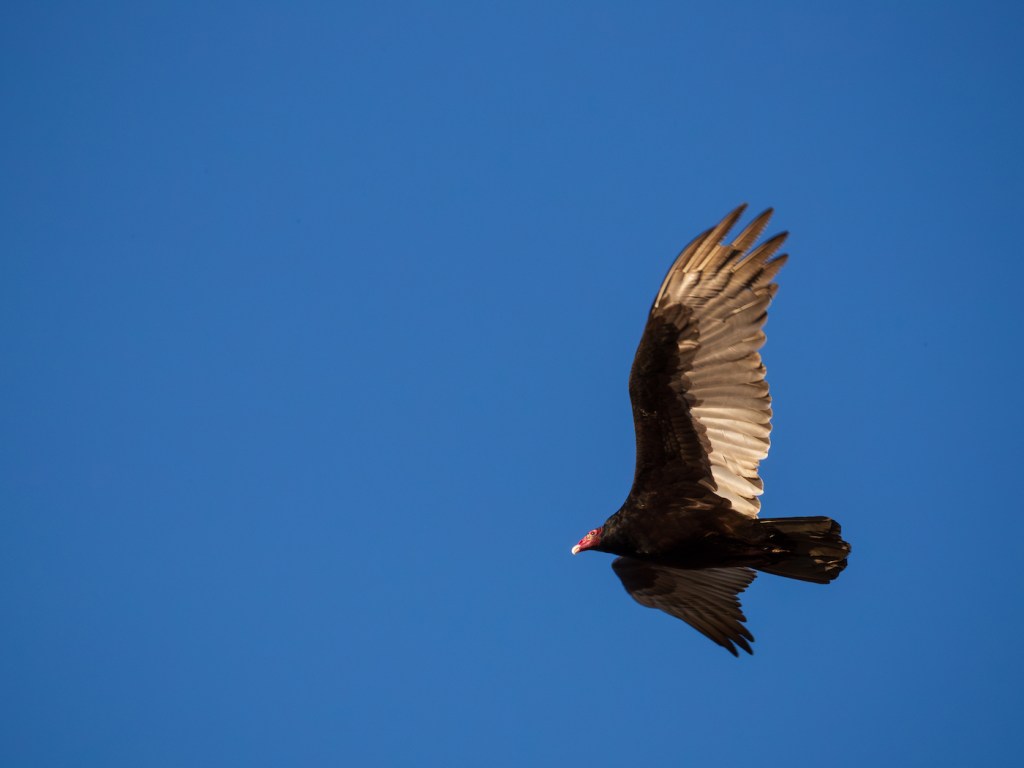
If you’ve ever taken a trip to a higher elevation, you know that the air gets thinner as you go up. If you’re not acclimated to the altitude, it can feel harder to breathe. That thinner air also makes it more difficult for birds and airplanes to fly, because it’s harder to produce the lift forces in thinner air. But it turns out that turkey vultures have a way of dealing with that problem.
Researchers observed turkey vultures in flight at different altitudes and found that rather than flapping harder or more rapidly to deal with decreased lift, the turkey vulture exploits the lower drag in thinner air to fly faster, using increased speed to help balance the lift equation. Dr. Jonathan Rader, a postdoctoral research associate in biology at the University of North Carolina Chapel Hill and an author of a report on this research published in the Journal of Experimental Biology, joins SciFri’s Charles Bergquist to explain how flying things work to adapt to different flight conditions.
Segment Guests
Dr. Jonathan Rader is a postdoctoral research associate in Biology at the University of North Carolina, Chapel Hill in Chapel Hill, North Carolina.
Segment Transcript
The transcript of this segment is being processed. It will be available within one week after the show airs.
Meet the Producer
About Charles Bergquist
@cbquistAs Science Friday’s director and senior producer, Charles Bergquist channels the chaos of a live production studio into something sounding like a radio program. Favorite topics include planetary sciences, chemistry, materials, and shiny things with blinking lights.